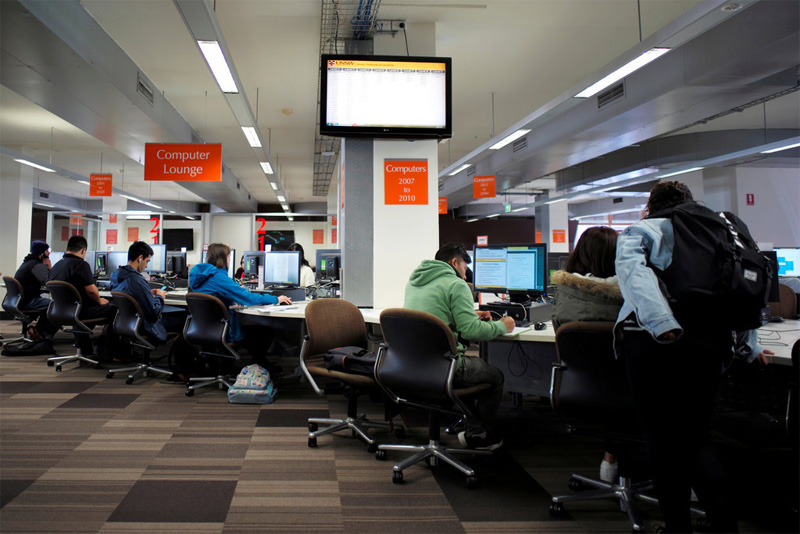The New York Times story: ‘How Australia Bungled Its $36 Billion High-Speed Internet Rollout’, May 2017
My first story for The New York Times was published on May 11. Excerpt below.
How Australia Bungled Its $36 Billion High-Speed Internet Rollout
Its businesses and consumers burdened with some of developed world’s slowest speeds, the country is a cautionary tale about big-money ambitions.
BRISBANE, Australia — Fed up with Australian internet speeds that trail those in most of the developed world, Morgan Jaffit turned to a more reliable method of data transfer: the postal system.
Hundreds of thousands of people from around the world have downloaded Hand of Fate, an action video game made by his studio in Brisbane, Defiant Development. But when Defiant worked with an audio designer in Melbourne, more than 1,000 miles away, Mr. Jaffit knew it would be quicker to send a hard drive by road than to upload the files, which could take several days.
“It’s really the big file sizes that kill us,” said Mr. Jaffit, the company’s co-founder and creative director. “When we release an update and there’s a small bug, that can kill us by three or four days.”
Australia, a wealthy nation with a widely envied quality of life, lags in one essential area of modern life: its internet speed. Eight years after the country began an unprecedented broadband modernization effort that will cost at least 49 billion Australian dollars, or $36 billion, its average internet speed lags that of the United States, most of Western Europe, Japan and South Korea. In the most recent ranking of internet speeds by Akamai, a networking company, Australia came in at an embarrassing No. 51, trailing developing economies like Thailand and Kenya.
For many here, slow broadband connections are a source of frustration and an inspiration for gallows humor. One parody video ponders what would happen if an American with a passion for Instagram and streaming “Scandal” were to switch places with an Australian resigned to taking bathroom breaks as her shows buffer.
But the problem goes beyond sluggish Netflix streams and slurred Skype calls. Businesses complain that slow speeds hobble their effectiveness and add to their costs. More broadly, Australia risks being left behind at a time when countries like China and India are looking to nurture their own start-up cultures to match the success of Silicon Valley and keep their economies on the cutting edge.
“Poor broadband speeds will hold back Australia and its competitive advantage,” said John O’Mahony, an economist at Deloitte Access Economics. A 2015 report by Deloitte valued the nation’s digital economy at $58 billion and estimated that it could be worth 50 percent more by 2020. “The speed of that growth is at risk if we don’t have the broadband to support it,” he said.
The story of Australia’s costly internet bungle illustrates the hazards of mingling telecommunication infrastructure with the impatience of modern politics. The internet modernization plan has been hobbled by cost overruns, partisan maneuvering and a major technical compromise that put 19th-century technology between the country’s 21st-century digital backbone and many of its homes and businesses.
For the full story, visit The New York Times. Above photo credit: Jason Reed for Reuters.
